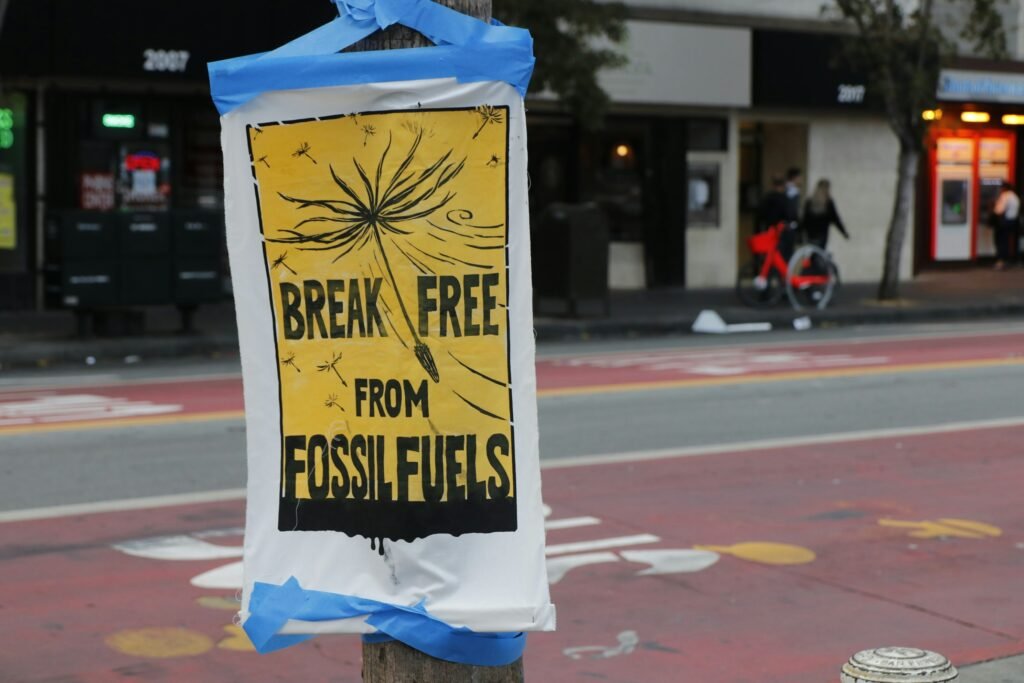Have you ever wondered about the potential downsides of green building? While green building practices offer many benefits like reducing environmental impact and lowering energy costs, they might not be the perfect solution for everyone. My goal here is to explore some of the disadvantages—some might be obvious, while others could surprise you.

Understanding Green Building
Green building is much more than just a trend. It’s a movement aimed at creating structures that are environmentally responsible and resource-efficient throughout a building’s life cycle. From design and construction to operation and maintenance, it encompasses a holistic approach to sustainability. Yet, like any other method, it isn’t void of drawbacks. Let’s examine these potential disadvantages in more detail.
Higher Initial Costs
One of the most cited disadvantages of green building is the higher initial cost. Sustainable materials and technologies often come with a premium price tag. Whether it’s the cost of eco-friendly materials, enhanced building techniques, or the fees for specialists in green buildings, these expenses can add up quickly.
For instance, opting for solar panels, high-performance windows, or a geothermal heating system typically requires a substantial upfront investment compared to more conventional options. This can be a deterrent for many who might otherwise be interested in pursuing green building practices.
Complexity of Design and Construction
It’s harder than it seems to bring a sustainable building idea to life. Designing a green building requires a precise understanding of environmental impact, energy systems, and often involves integrating new technology. Not only does this require architects and builders to have specific knowledge and skills, but it also often involves a more complex planning phase.
This complexity can lead to prolonged design cycles and potential delays in construction. Navigating the intricacies of regulations, certifications, and often working within a pioneering or experimental space can result in longer project timelines.
Limited Availability of Materials
Accessing the right materials can also provide a challenge. Although the market for sustainable materials is growing, it’s still not as vast or readily available as traditional building materials. Depending on the location, finding the right eco-friendly materials could involve additional shipping and logistics, potentially offsetting some of the environmental benefits intended by choosing these materials.
This availability issue often lengthens lead times for projects and can complicate the construction process. Additionally, if a particular sustainable material becomes unavailable during a project, it may require an unexpected redesign or substitution.
Maintenance and Repair Concerns
While green buildings often promise lower utility costs, they sometimes entail more complex maintenance and repair. High-tech systems like solar panels, smart meters, or advanced HVAC systems might require specialized knowledge to maintain, running the risk of steeper costs if something goes awry.
These systems’ unique intricacies may require specific technicians for repair, which might not always be readily available, unlike traditional systems where there is a broader pool of professionals to choose from.
Potential for Performance Gaps
Expectations vs. Reality: Sometimes, there’s a performance gap between how a green building is intended to perform and how it actually does. This can be due to incorrect usage, poor design implementation, or oversight during construction. A building might be expected to achieve energy savings or certain efficiency levels but might fall short due to a variety of reasons, such as how the building is used day-to-day.
Occupant behavior can significantly impact the energy performance of a green building. If the users of a building are not trained or informed about how to use the installed systems properly, the anticipated benefits might not be realized.
Strict Certification Processes
Achieving green building certifications, like LEED (Leadership in Energy and Environmental Design) or BREEAM (Building Research Establishment Environmental Assessment Method), can be rigorous and often requires meeting a set of strict guidelines. While these certifications can boost a building’s market value and demonstrate its green credentials, the process to get there can be time-consuming and costly.
The documentation, time, and fees associated with achieving certification can all contribute to these challenges. For some, the perceived benefits do not outweigh the burdens associated with achieving certification status.
Potential Reselling Challenges
Green buildings represent a sizeable initial investment and sometimes possess components that prospective buyers may not be familiar with. They might look at a home with solar panels, a rainwater collection system, or unique sustainable materials and see not value, but potential maintenance headaches and associated costs.
In real estate markets where green building isn’t yet fully embraced or understood, the returns on investment may take longer to appreciate compared to those in more progressive, environmentally conscious areas.
Cultural and Structural Resistance
Change is never easy, and the construction industry is no exception. Green building practices may face cultural or structural resistance. Transitioning to newer methods can be met with skepticism by industry professionals who are accustomed to traditional practices.
There may be a steep learning curve and an upfront investment in training, which can result in process hesitancy or even avoidance by some companies. Overcoming these internal and external barriers is pivotal to increasing the adoption of green building techniques across the board.

Impact on Industry and Environment
While there are challenges associated with green building, it’s essential to think about the broader context. The construction industry is a significant contributor to carbon emissions and energy consumption. Transitioning to more sustainable practices holds the potential to mitigate environmental damage. It signifies a new path and often sparks important shifts in the market, paving the way for innovation and improvement.
Balancing Pros and Cons
For green building to thrive, it’s imperative to weigh the disadvantages against the broader environmental benefits. Individual and corporate developers must assess whether the current drawbacks outweigh the potential long-term benefits of their investment.
Adapting for Future Solutions
Understanding these disadvantages opens up pathways for future solutions. As the market continues to evolve, costs decreases, technology enhances, and resources become more prevalent, many of the current challenges could shrink, making sustainable buildings a more attainable standard in the industry.

Conclusion
So, what’s your take on the drawbacks associated with green buildings? The green building movement continues to shape the world, pushing the boundaries of how we think about our relationship with our environment. While there are several hurdles to overcome, as with any advanced method, the hope remains that increased knowledge, improved technologies, and broader market acceptance will alleviate these concerns over time. As we navigate this evolving terrain, the balance between higher initial costs and complexity with long-term sustainability gains remains pivotal in creating a greener future.



